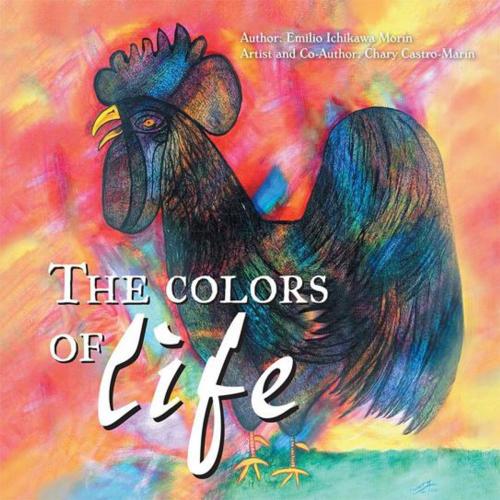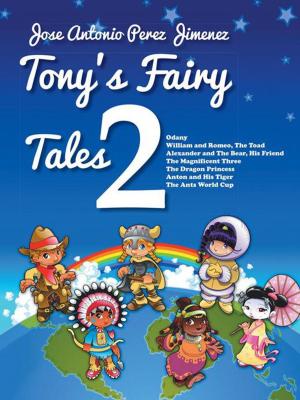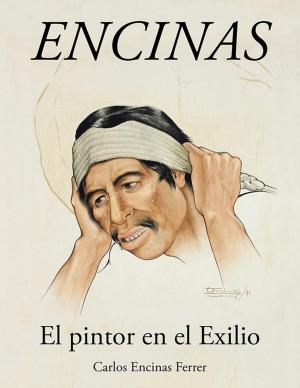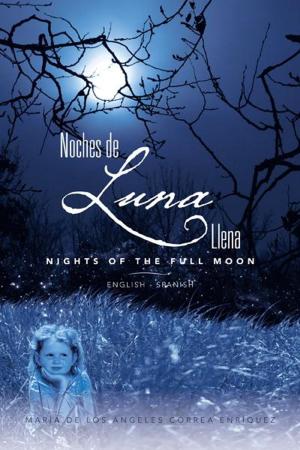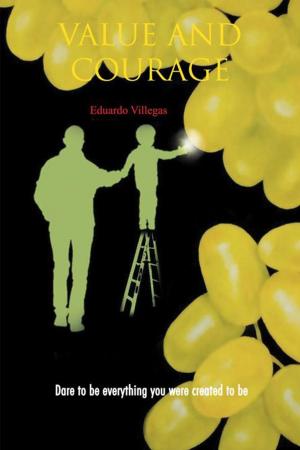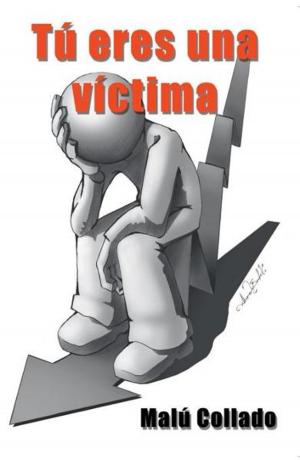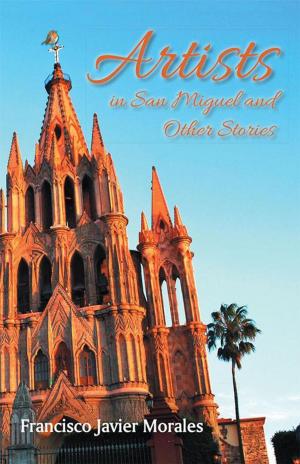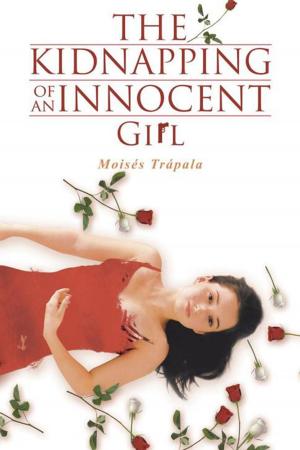The Colors of Life
Nonfiction, Art & Architecture, General Art, Art Technique, Pen & Ink, Art History, American| Author: | Rosario (Chary) Castro-Marín, Emilio Ichikawa Morín | ISBN: | 9781463373658 |
| Publisher: | Palibrio | Publication: | November 19, 2013 |
| Imprint: | Palibrio | Language: | English |
| Author: | Rosario (Chary) Castro-Marín, Emilio Ichikawa Morín |
| ISBN: | 9781463373658 |
| Publisher: | Palibrio |
| Publication: | November 19, 2013 |
| Imprint: | Palibrio |
| Language: | English |
Charys visual expression reveals simultaneously her displacement from and re-encounter with a nation that is marked by a long history of dispossession and cultural intermixing. Her art can perhaps be best understood in the context of the Cuban avant-garde movement, which, in turn, resonates against the costumbrista and paisajista movements. In addition to revealing a search for cultural origins, Charys art highlights the importance of the landscape as well as the inclusion of regional iconography and folklore. It reveals the presence of distinct elements, patterns, rhythms and cultural forms first explored by the first generation of Cuban vanguardia artists, who distinguished themselves according to their use of bright colors, patterns and baroque visual rhythms. Seeking to somehow define the essence of Cuban culture and forge a new national identity, the vanguardia artists of the 1920s located the national in the picturesque and drew upon the countryside as a powerful source of visual iconography. Like many of the vanguardia artists, Chary employs iconographical symbols and elements in an attempt to explore and recapture the many sources of Cuban culture from her childhood. Though her work is drawn primarily from her imagination, it is anchored in the artists memories of the Cuban countryside. Chary draws upon the landscape in an effort to explore her own sense of loss and displacement. When I paint landscapes, she tells me, they are always Cuban; when I paint fruit, they are tropical. The fruit and the roosters that appear in my work not only represent my Cuban roots, but they also enable me to process the past. Charys canvases are habitats populated with sensuous flora and fabulous fauna. Rendered primarily in pen and ink, fantastical animals and exotic fruit spring to life on her canvases in frenetic swirls and chiaroscuro. Although they are reminiscent of her earlier work, her most recent creations tend to be more abstract, or focus more specifically on pattern and form. For Chary, the abstract represents a way of commenting on loss as well as her own personal battles. For me, she explains, painting is a mode of survival. Chary renders in brilliant inks and fluorescent acrylics an inventory of a past informed by movement and loss. She cultivates a symbolic language that serves to define certain fundamental aspects of what is means to be a Cuban in diaspora, and in the process recaptures the translucent colors and the dazzling tropical forms of the island she left behind. Light and form become symbol in Charys art. It generates unexpected paradigms that reproduce and transform the ordinary in an exuberant, dancelike strugglea poetic renderingof movement, color and form.
Charys visual expression reveals simultaneously her displacement from and re-encounter with a nation that is marked by a long history of dispossession and cultural intermixing. Her art can perhaps be best understood in the context of the Cuban avant-garde movement, which, in turn, resonates against the costumbrista and paisajista movements. In addition to revealing a search for cultural origins, Charys art highlights the importance of the landscape as well as the inclusion of regional iconography and folklore. It reveals the presence of distinct elements, patterns, rhythms and cultural forms first explored by the first generation of Cuban vanguardia artists, who distinguished themselves according to their use of bright colors, patterns and baroque visual rhythms. Seeking to somehow define the essence of Cuban culture and forge a new national identity, the vanguardia artists of the 1920s located the national in the picturesque and drew upon the countryside as a powerful source of visual iconography. Like many of the vanguardia artists, Chary employs iconographical symbols and elements in an attempt to explore and recapture the many sources of Cuban culture from her childhood. Though her work is drawn primarily from her imagination, it is anchored in the artists memories of the Cuban countryside. Chary draws upon the landscape in an effort to explore her own sense of loss and displacement. When I paint landscapes, she tells me, they are always Cuban; when I paint fruit, they are tropical. The fruit and the roosters that appear in my work not only represent my Cuban roots, but they also enable me to process the past. Charys canvases are habitats populated with sensuous flora and fabulous fauna. Rendered primarily in pen and ink, fantastical animals and exotic fruit spring to life on her canvases in frenetic swirls and chiaroscuro. Although they are reminiscent of her earlier work, her most recent creations tend to be more abstract, or focus more specifically on pattern and form. For Chary, the abstract represents a way of commenting on loss as well as her own personal battles. For me, she explains, painting is a mode of survival. Chary renders in brilliant inks and fluorescent acrylics an inventory of a past informed by movement and loss. She cultivates a symbolic language that serves to define certain fundamental aspects of what is means to be a Cuban in diaspora, and in the process recaptures the translucent colors and the dazzling tropical forms of the island she left behind. Light and form become symbol in Charys art. It generates unexpected paradigms that reproduce and transform the ordinary in an exuberant, dancelike strugglea poetic renderingof movement, color and form.
